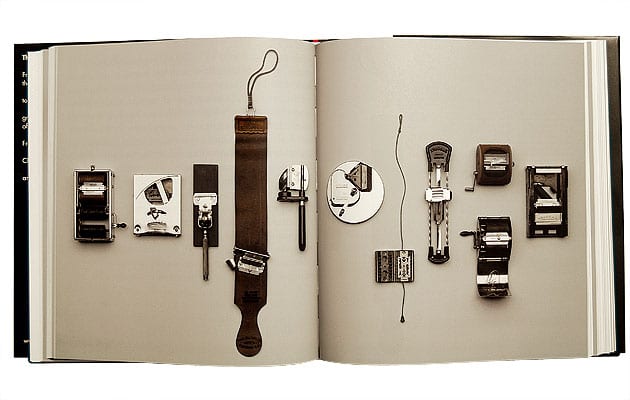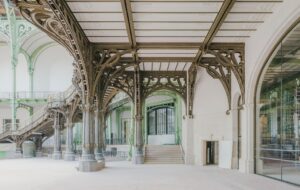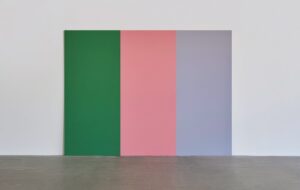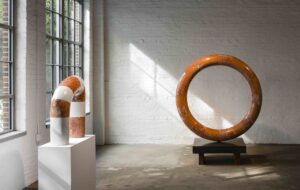|
|
||
|
Collecting everyday design can seem like an end in itself, so it’s good to see the mundane treasure of a Swiss professor made useful, says William Wiles The unregarded object is pretty closely scrutinised nowadays. From Thomas Heatherwick’s 2004 Design Museum show to Industrial Facility’s Under a Fiver collection, praising the toothpick and the prosthetic dog testicle is as valid a route to credibility as paying tribute to the canon. “Classics of everyday design” is an established publishing cottage industry. Online, the sifting and collation of ubiquitous, mundane objects never stops, and it can appear as if every subgenre of hairpin and stapler has its own fan-site and Flickr set. This vast, distributed curatorial endeavour can appear to be an end in itself – collection for the sake of completes – so it’s useful to be reminded of what purpose this activity serves. That reminder comes with reading Hidden Forms, an absorbing exploration of the design collection of Franco Clivio. Clivio, director of the industrial design department at the Zurich University of the Arts, has been amassing small design objects for decades. Each item in his stores has caught his eye in some way, with some clever or unique characteristic. And here is a huge selection, divided into 29 categories and clinically photographed by Hans Hansen. Many of these objects are ingenious, such as a collection of ceramic shapes used for dulling the edges of metal objects, or a cylindrical metal container with a decorative spiral structure that doubles as the threading holding on the cap. But the truly valuable aspect of Hidden Forms is not the objects themselves but the way they are grouped. Different sections bring together items that fold for storage, or different forms of eye protection. It’s fascinating to see, for instance, a dozen different devices for sharpening razor-blades lined up next to each other. It’s in that side-by-side comparison that the Clivio collection’s origin as an educational aid becomes clear. Clivio urges the reader to “be curious” and to “retain a joy in unexpected learning” – the leftfield insight that comes with spending time and thought on multiple approaches to the same problem or material. Hidden Forms is also a paean to the importance of holding something in one’s hands, so that its workings can be properly – and literally – grasped. However, Hidden Forms does leave the impression that only a small, curated selection of everyday objects are interesting in engineering or cultural terms. In fact, there is something interesting to be said about almost everything. Even the cheapest trash shows us a point where human desire intersects with physical reality. It’s easy to imagine a companion volume to Hidden Forms in which the most rubbishy convenience store knockoffs and gift shop tat – stuff that just plain does not work – is examined. Some pretty weird pathologies get expressed in injection-moulded plastic. Hidden Forms, by Franco Clivio, Hans Hansen and Pierre Mendell, Birkhäuser, £32 |
Words William Wiles |
|
|
||

















